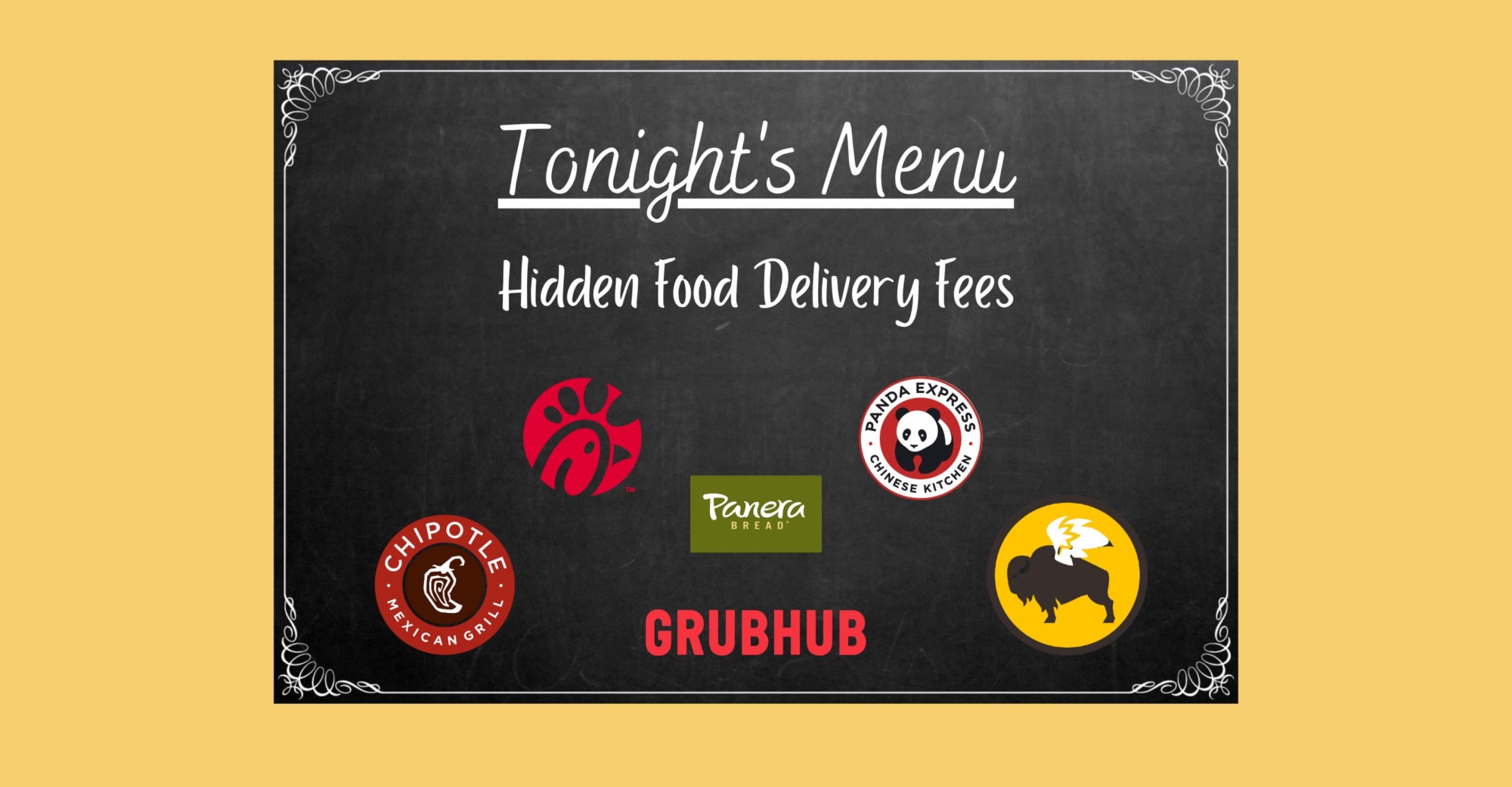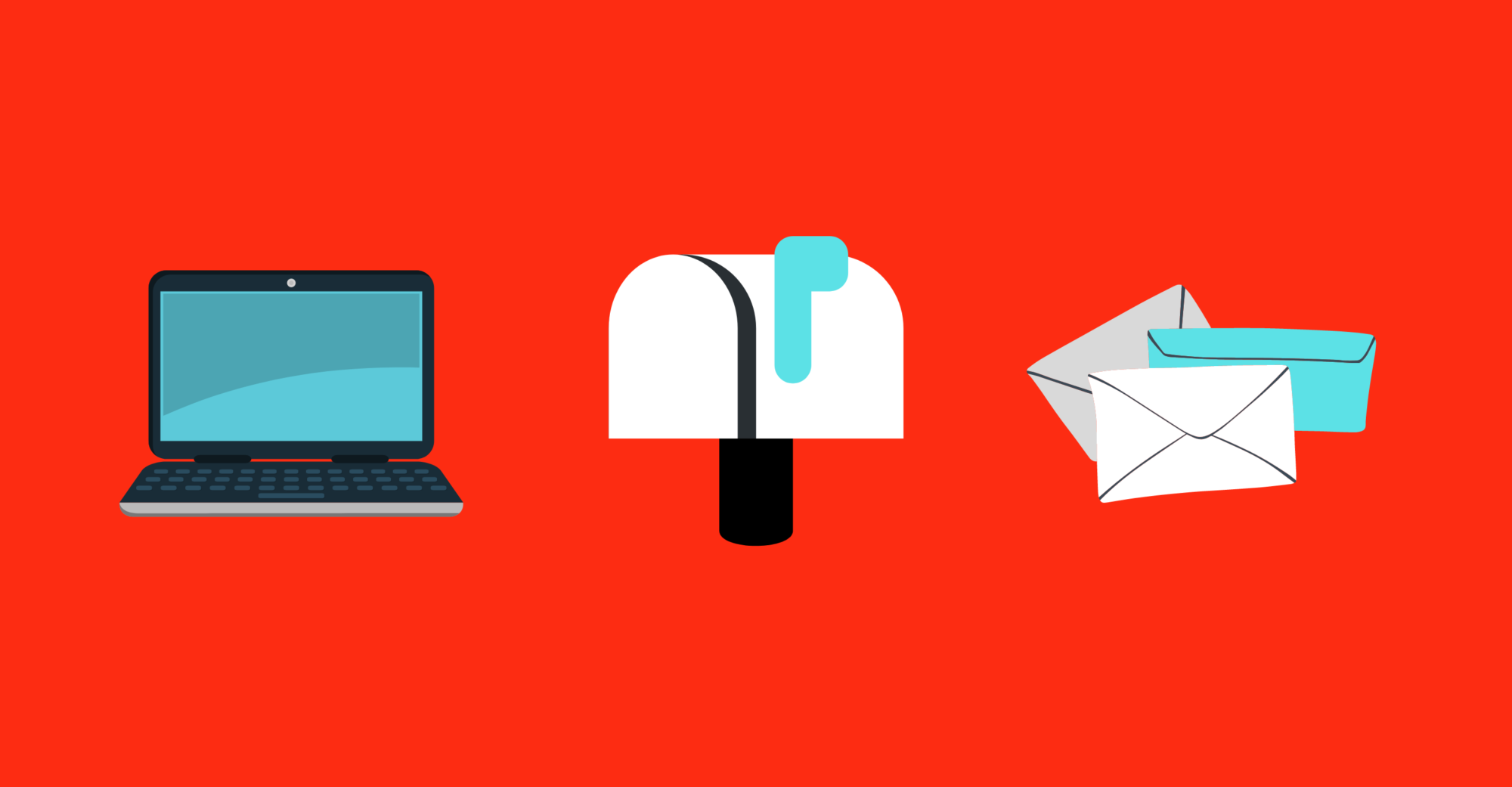
CATrends: Hidden Food Delivery Fees
Be wary of claims of free or low-cost delivery.
A recent promotion for Chipotle’s new smoked brisket prominently featured a “$0 Delivery Fee”:
But check out that big block of fine print:
The first line of text reads:
Higher menu prices are charged for delivery; additional service fee applied at checkout as well.
Translation: a “$0 Delivery Fee” doesn’t equal “free delivery” – the cost of delivery is just baked into the higher menu prices. On top of that, while a “delivery fee” may not show up on your order, there’s an “additional service fee” for delivery, and it’s difficult to see how one is any different from the other.
How much more might a consumer pay for delivery, despite the advertising of a “$0 Delivery Fee,” than if they were to opt for pickup? The TINA.org reader who alerted us to the promotion above did the math:
I did a comparison, and 2 brisket bowls came to $30 if I chose to pick it up. If I chose delivery, the price went up to $40.
The TINA.org reader understood a “$0 Delivery Fee” to mean “free delivery.” In fact, by selecting delivery instead of pickup, it added $10 to his order, he said.
While this promotion has ended, based on similar past offers by Chipotle, another one featuring a “$0 Delivery Fee” may be right around the corner. Consumers need to remember, just like the guac, delivery costs extra.
Chipotle isn’t the only restaurant chain or food delivery company that allegedly charges more for the same menu item when consumers want it delivered.
This year, class-action lawsuits have been filed against Chick-fil-A, Panera, Panda Express and Grubhub, each of which accuse the companies of deceptively hiding delivery fees from customers by secretly marking up food prices for delivery orders.
TINA.org reached out to Chipotle for comment. Check back for updates.
Read more of our coverage on delivery fees here.
Our Ad Alerts are not just about false and deceptive marketing issues, but may also be about ads that, although not necessarily deceptive, should be viewed with caution. Ad Alerts can also be about single issues and may not include a comprehensive list of all marketing issues relating to the brand discussed.
Be wary of claims of free or low-cost delivery.
This year reader tips led to dozens of ad alerts, as well as a complaint to regulators.
As a TINA.org reader put it, it’s only “free” if you first spend money.

